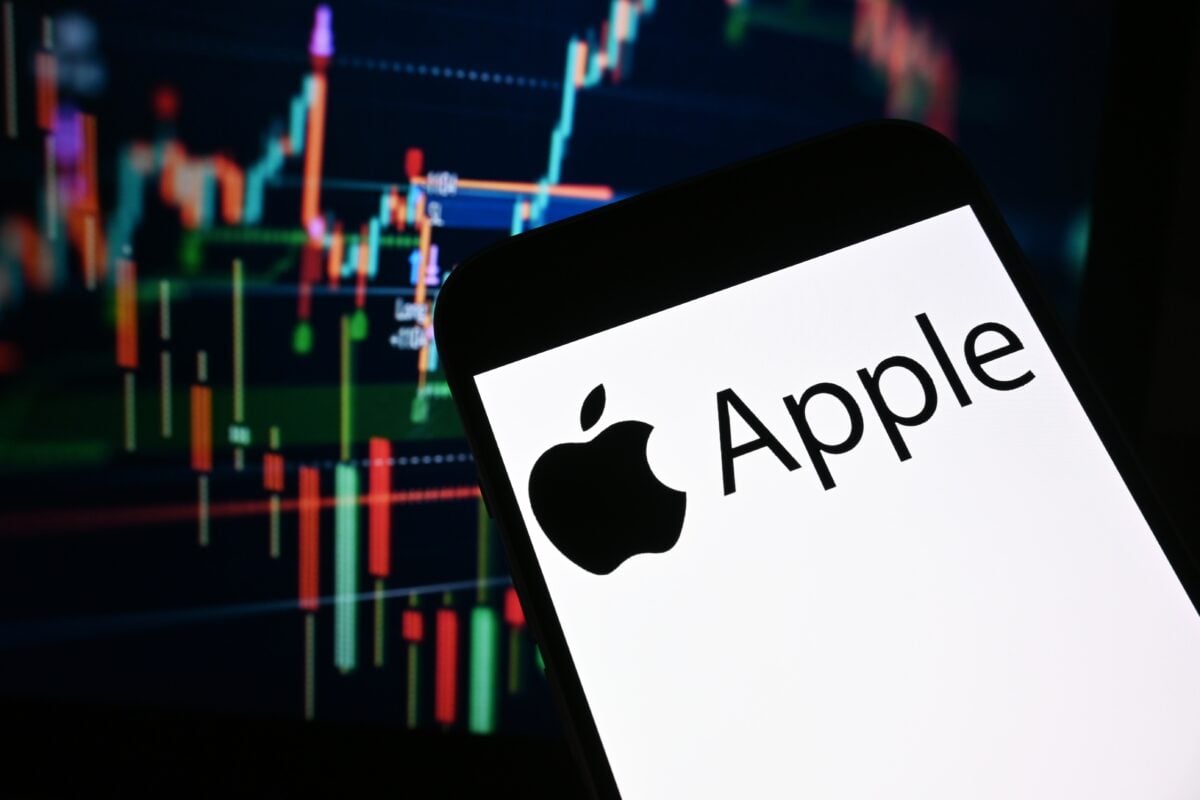Maple Finance ends SYRUP staking and adopts buyback model
Maple Finance is taking a major step toward sustainability as its community backs a proposal to end SYRUP staking and shift to a revenue-driven buyback model.
- Maple Finance ends SYRUP staking after 91% community approval.
- 25% of revenue redirected to token buybacks via Syrup Strategic Fund.
- Governance expands to include all SYRUP and stSYRUP holders.
Maple Finance is preparing to end staking rewards for its SYRUP token under a new plan aimed at creating long-term stability and linking the token’s value directly to the project’s revenue.
According to Snapshot, the MIP-019 proposal unveiled on Oct. 28 already shows over 91% support from the Maple (SYRUP) community. The vote will close on Oct. 31.
From SYRUP staking rewards to token buybacks
The approval of MIP-019 will end all stSYRUP staking rewards in November, marking the protocol’s transition away from streaming revenue to token holders. Instead, 25% of all protocol revenue will now fund the newly formed Syrup Strategic Fund, a treasury designed to buy back tokens, boost liquidity, and build a stable DAO balance sheet.
Maple, which has grown its assets under management by over 10x in the past year to roughly $4 billion, argues that staking has served its purpose in bootstrapping the ecosystem. As the platform matures and generates consistent fee income, now averaging over $1 million per month, the focus is shifting toward “all-weather” resilience and aligning token value with tangible business results.
By replacing emissions with buybacks, ending staking rewards also reduces inflationary pressure on SYRUP’s supply, creating a deflationary effect. Analysts say the change reflects Maple’s evolution into an institutional-grade credit marketplace, where token performance mirrors protocol fundamentals rather than yield-driven incentives.
Governance and product expansion
The proposal also allows both SYRUP and stSYRUP holders to vote on future decisions. This makes community participation easier and keeps governance linked to token ownership.
With SyrupUSDC scheduled to list on Aave (AAVE) and plans to introduce a Bitcoin liquid staking token (lstBTC) in 2026, Maple has been expanding its product line. Maple’s SyrupUSDC and SyrupUSDT vaults remained stable during October’s market turbulence, showing the reliability of the protocol’s lending model.
The passage of MIP-019, which would terminate staking rewards, implement buybacks, and link the value of SYRUP to actual revenue, would be a significant step for Maple Finance.
You May Also Like

Gold Lift and Meme Strength Define Altcoin Season Pockets as Traders Track Global Policy Moves

Hurricane Melissa caused network outages in Jamaica, and Bitchat topped the local app charts.
